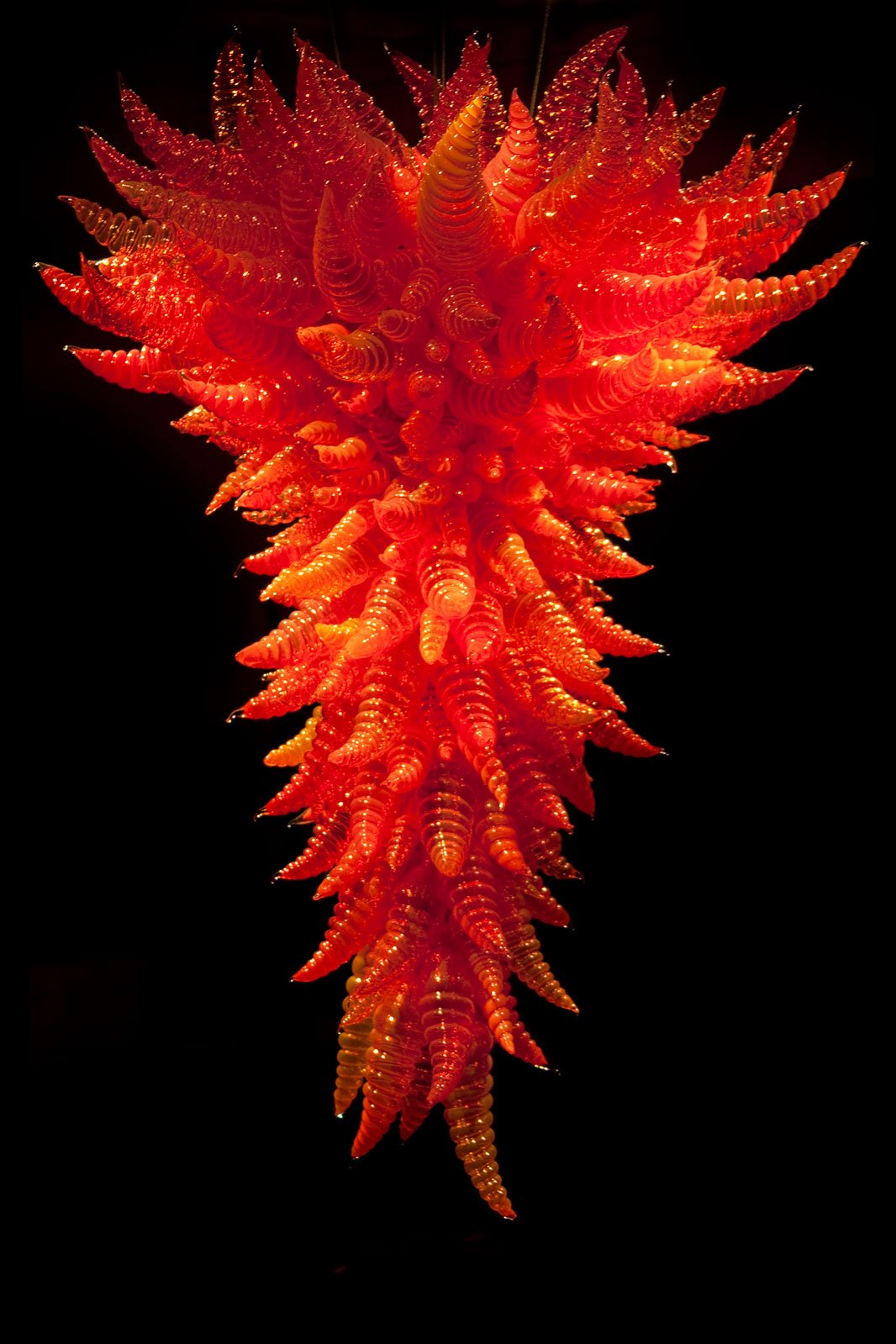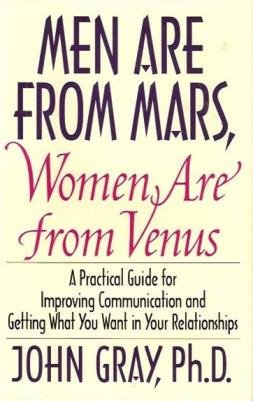I’ve always been grateful for my relationship with art – both in practice and admiration. I remember as a child being in awe of the large-scale, public sculptural works that scattered my hometown. Before any form of public education, my grandfather would take me on frequent trips to see the works of Bill Bugress, Claes Oldenburg, Coosje van Bruggen, and Dale Chihuly. I was enamored by these works and my grandfather encouraged me to mimic the artists I loved; suggesting I try sculpting similar 3D forms out of clay, finding ways to include me in his woodworking projects, and I felt there was real opportunity for me to one day be in a large scale, sculptural artistic space. However, that opportunistic feeling was fleeting the second I entered the K-12 public education system, where the mediums of art that I was previously interested in, were rarely offered to me. Art teachers and adults around me no longer encouraged me to pursue a male dominated world of large-scale sculpture and I received awards and praise for my attempts at painting, drawing, and fabric arts.
Orange Hornet Chandelier (1993, installed 2007) Dale Chihuly, Permanent Installation at Denver Art Museum, Denver, Colorado.
Big Sweep (2006) Claes Oldenburg and Coosje van Bruggen. Permanent Installation at Denver Art Museum, Denver, Colorado.
When comparing my childhood experiences to my current experiences working in a contemporary art space, it is a disheartening realization that I, a cisgender woman, can still identify how mediums, types of artistic practice, and the subject matter of artwork remain seemingly inseparable from traditional Western ideas of gender roles. The issue of art spaces that seem exclusive to one gender or the other, is not a uniquely contemporary issue; the issue of gendering artistic spaces has been around as long as art itself. I am not here to argue against the idea that the current era of artistic practice is at its most progressive, but I am here to offer a reexamination of the gendered nature of these artistic spaces. I believe anthropological research around traditional Western notions of gender, can offer a lot of insight into why these spaces have remained so deeply linked to unsound gender differences, and why traditional understandings of gender may contribute to a greater form of dissonance for artists who attempt to practice art in spaces that stray from the ones they are socially expected to occupy.
Fuentes goes on to assert that the dissonance contrived Gray’s unsound differences of gender, is something that is, “In our daily lives we are constantly bombarded with images, words, and situations that reinforce the notion that men and women differ in bodies, desires, needs, and even minds” (Fuentes 2012:156). The constant bombardment of difference that Fuentes discusses, absolutely exists in the contemporary art world. Gray’s ideas are reinforced when artists aren’t encouraged to explore spaces that are seemingly exclusive to one gender or the other, creating a fragile tension for artists trying to find the balance between adhering to social roles to not threaten others to retain their space in the competitive art world, but being individualistic enough to be taken seriously as an artist who happens to be a woman in a male dominated practice or vice-versa.
Speaking to personal experience, it has been “feminine” emotion, beauty, and vanity that I’ve had to leverage when trying to make it into the art-space. In line with Gray’s ideas, a delicate, gender conforming woman isn’t seen as a serious threat to male contemporaries, but in moments of asserting myself or creating artwork that didn’t reflect the femininity others expected me to bring into a gallery space, is when I’ve experienced a lack of encouragement or pushback from fellow artists, critics, and audiences. I can’t personally speak to a male experience, but in conversations with my male studio art professors and my male contemporaries, they share similar sentiments. For an artist who identifies as male, gender conforming artistic practices that entail more physical labor are expected, along with providing the gallery space with work and personality that is dominant, assertive, and more aggressive. So, the second a male artist pursues a more “feminine” art practice, they risk their masculinity or perceived as less valuable to the art space. In a John Gray-esque binary, very few people take offense to the comfortable familiarity of men creating artworks that highlight physical strength, reason, aggression, and dominance, and women creating artworks that emulate their (preferably straight) sexuality, that are delicate and highlight a soft hand of craft. But diverting from that normalized binary is what pushes people out of familiarity, creating a gendered dissonance in the art world that can come in the form or anger, exclusion of people from an entire medium, or even just a lack of encouragement for artists who want to pursue a different practice.
While there has been a significant amount of progressive change, art spaces and the expectation of artists to pursue specific practices remain gendered. Artists who are women are often encouraged to pursue practices that are more domestic or delicate like fabric arts, embroidery, illustration, or interior design. Artists who are men are often encouraged to pursue practices that are grander and traditionally more male dominated like painting, sculpture, woodworking, metal work, graphic design, and dominant leadership roles of museum or gallery management. And while there are absolutely women that paint and male interior designers, often artists make it into spaces dominated by the opposite gender and find it difficult to be held to the same standards as the contemporaries of the opposite gender, with the assumption that they will at least uphold gender norms by offering an amount of “femininity” or “masculinity” to the medium.
I believe acknowledging the ways that gender dissonance is still very much prevalent in a contemporary art space, is the first step in trying to mitigate the issue and to push a contemporary art space closer towards being truly inclusive. My artistic practice has absolutely shifted from my childhood interest in large scaler sculpture to 2D mediums, and the anthropological understanding of gender roles that permeate throughout our daily lives, reaffirms my belief that my shift in interest was heavily influenced by the expectations of gendered spaces. It is disappointing that these gendered distinctions of artistic practices themselves often discourage people from pursuing certain practices, as these contrived gendered borders of art spaces, robs the art-world of talented people.
To start, when I am discussing “gendered dissonance” in art spaces, I am referring to the confrontation or tension that artists often experience when trying to enter an art space that is dominated by the opposite gender. In Busting Myths about Human Nature, anthropologist Agustín Fuentes examines and deconstructs and critiques the ideas in John Gray’s book, Men Are from Mars, Women Are from Venus; ideas about gender difference that are at the heart of gendered dissonance in art spaces. Fuentes accurately distills Gray’s ideas of men versus women in the sentiment, “Men are aggressive, belligerent protectors like the Roman god of war Mars, and women are emotive, beautiful, vain, and fertile like the goddess of love Venus” (Fuentes 2012:156). Gray’s incredibly influential book and ideologies of gender are truly as black and white as Fuentes summarizes it, leaving little gray area for artists of any gender to waver between different artistic spaces and practices.




